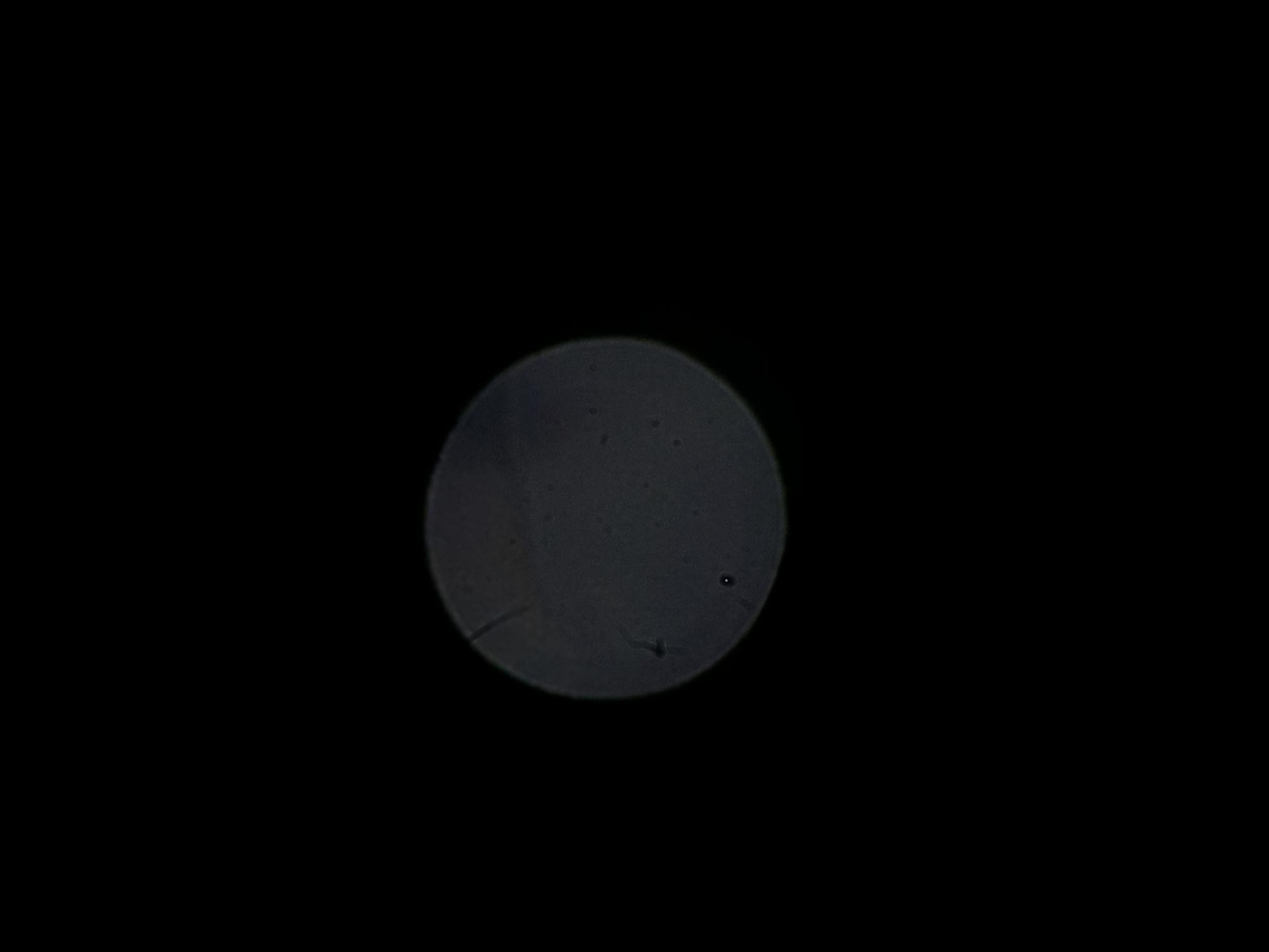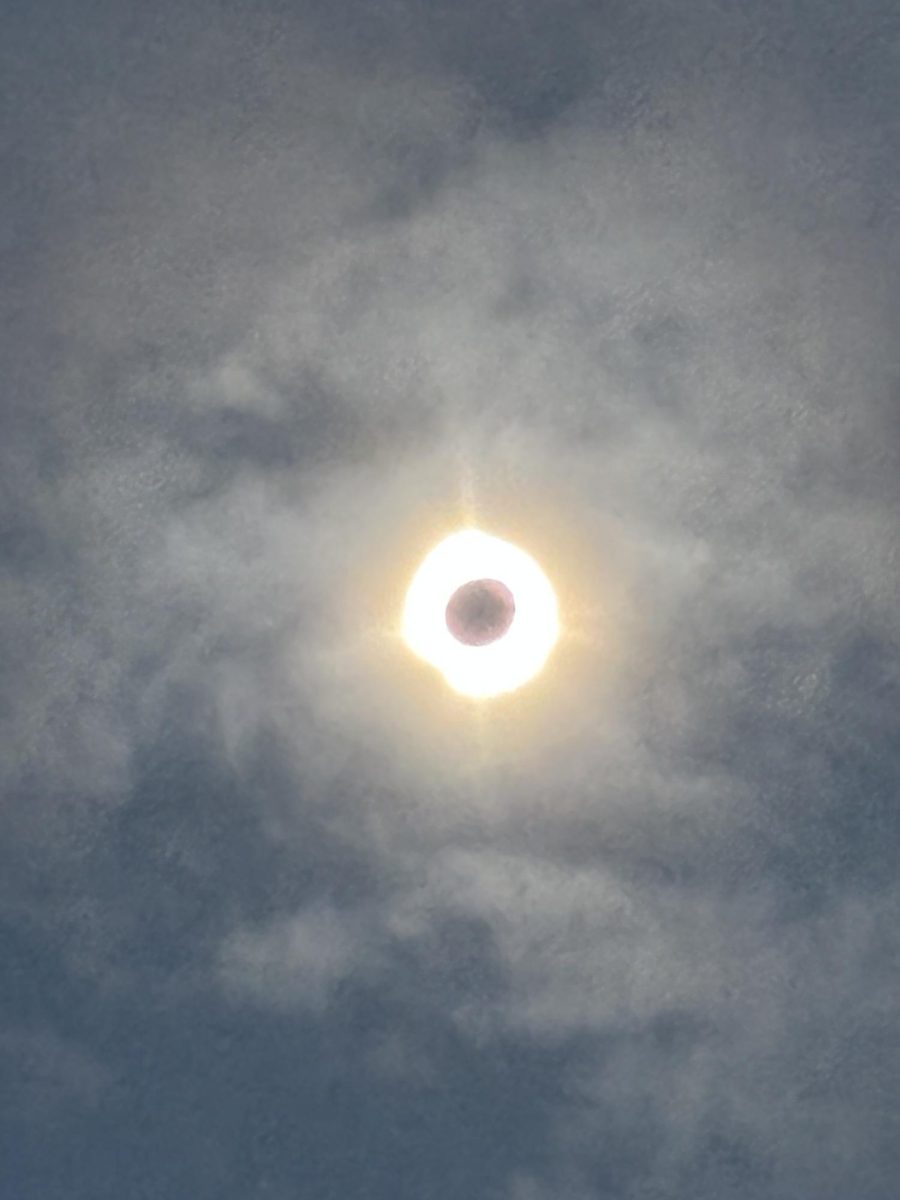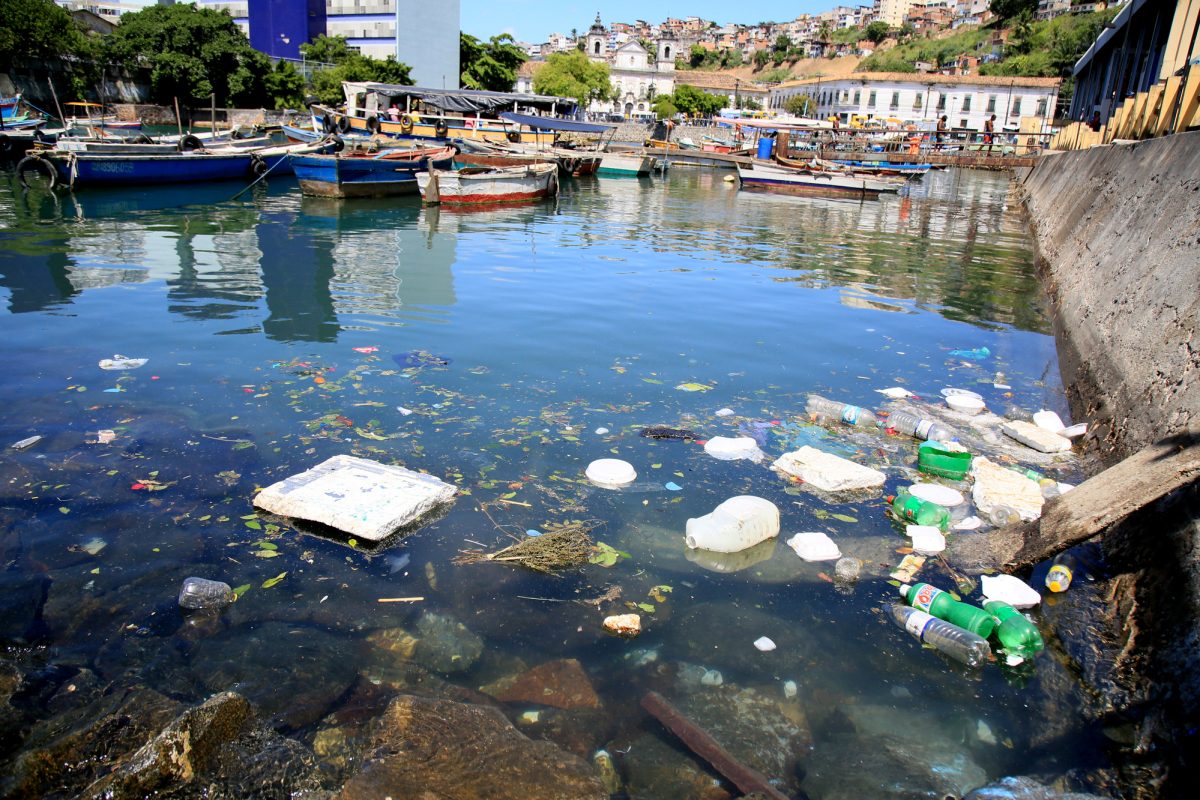Turn on the news, and you’ll see that inflation is rocking the country and the United States has a president who will undergo impeachment and may be convicted of criminal charges. The world seems to be rife with armed conflicts: Palestine and Israel are locked in a deadly conflict, and the threat of nuclear war between the East and the West is at an all-time high.
But imagine, the year is 1969 not 2024. The world is gripped by seemingly endless crises, but something amazing happens that is witnessed by an estimated 650 million people around the globe.
On July 20, 1969, Neil Armstrong stepped foot onto the Moon for the first time in history. While this is not breaking news by any means, what you may not know is that in September 2026 – for the first time in over 50 years – astronauts will be returning to the Moon, and this time they plan to stay.
This is through NASA’s Artemis III mission, which also will be the first time that a person of color and a woman will step foot on the Moon. The mission will set up a base camp on the Lunar South Pole where astronauts Reid Wiseman, Victor Glover, Christina Hammock Koch, and Jeremy Hansen will live and work for approximately a week.
In total, the mission will last about 30 days, and is intended to establish a foothold on the Moon in order to begin planning for a mission to Mars as part of NASA’s Moon to Mars architecture.
As part of the Artemis program, NASA is launching Gateway, which is scheduled for 2025. Gateway will serve as a successor of sorts to the International Space Station which orbits in Low-Earth orbit. Gateway will orbit the Moon much in the way the International Space Station orbits Earth. This will serve as a sort of galactic truck stop in which astronauts (such as the crew of Artemis III) can dock to the Gateway station before attempting a landing on the Lunar surface.
Inside Gateway, the astronauts can live and work much in the way that they do on the International Space Station currently, however, unlike the International Space Station, Gateway will not be protected by Earth’s magnetosphere.
This means that Gateway will likely not be occupied year-round like the International Space Station. Instead, the current plan is for advanced robotics systems, such as NASA’s Astrobees, to maintain Gateway autonomously.
There is a very real and high possibility that in 20 years there will be a long-term human presence on the Moon, much like the presence of humans in the Arctic regions has continuously expanded in the last century. Human presence in space will also expand.

At the moment, however, reaching the Lunar surface is reserved for world governments and extremely large corporations and individuals such as Elon Musk’s SpaceX, Jeff Bezos’ Blue Origin, or Richard Branson’s Virgin Galactic.
It is important to remember that we all currently have tiny computers in our pockets that outperform the Apollo 11 guidance computers. In fact, as groundbreaking as the Apollo 11 mission was, when considering the technology of the Apollo Lunar Module at the time of its use in 1969, it pales in comparison to the technology available to any consumer today.
Much like when Jacques Cousteau amazed the world by traveling to the depths of the ocean, future space explorers will be increasingly limited to only their bravery and imagination.
Both in 1969, and today in 2024, it has never been impossible to fight through the fog of a chaotic world for a brighter future. Even in times of international turmoil, we can find causes that unite us all.
The space programs of yesterday were dominated by the geopolitical and military ambitions of the United States and the Soviet Union, arguably at the long-term expense of the overall success of their programs. It is important that much like the International Space Station, the world works together as one in the space programs of the future, to ensure that when we do have a permanent presence on the Moon, we leave our Earth problems behind.








